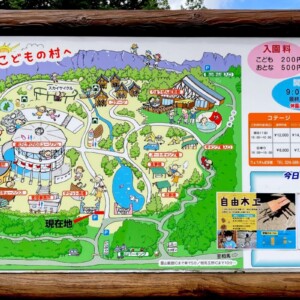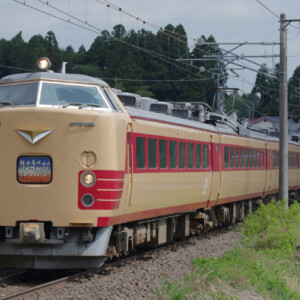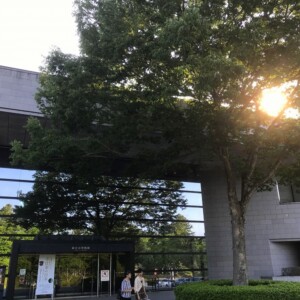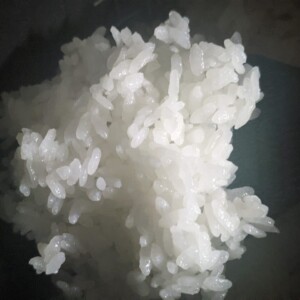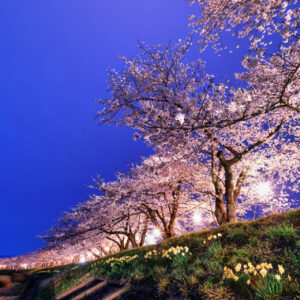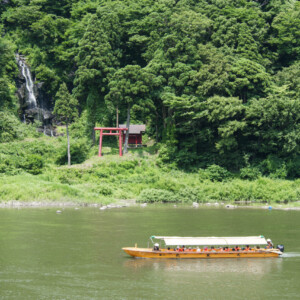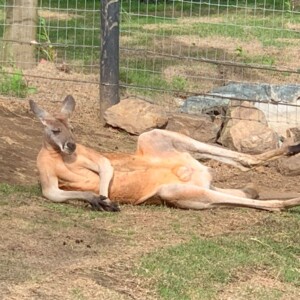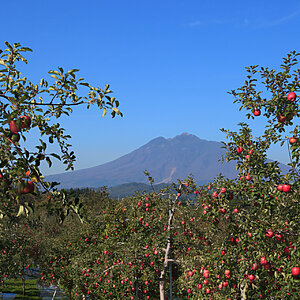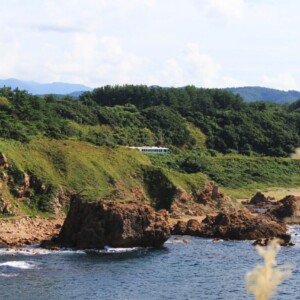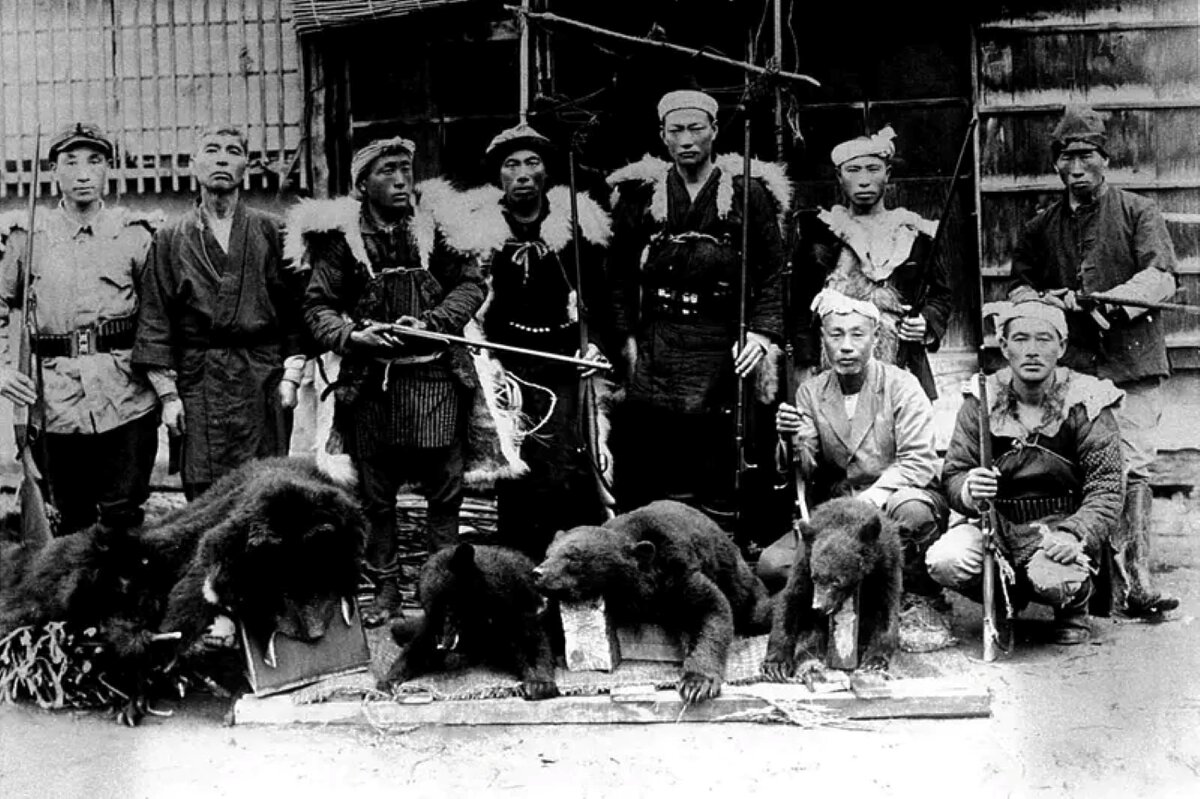
The popular game "Matagi" started in Kitaakita City! [Akita Prefecture]
table of contents
- 1 Tohoku's forests are ideal for hunting
- 2 Neko village, said to be the birthplace of Matagi
- 3 Nekobanraku is a nationally designated intangible folk cultural asset
- 4 Utado Matagi Village, where Matagi-related facilities are gathered
- 5 Roadside Station Ani Matagi no Sato: Convenient for those using private cars
- 6 The extinct Yagisawa Matagi and Hagigata Matagi
The Ani region (Kamikoani Village, Kitaakita City, Akita Prefecture) , which is home to the Jomon period Isedotai ruins its stone circle that is registered as a World Heritage Site is said to be the birthplace of Matagi
Matagi are people who live by hunting, strictly adhering to the rules of the mountains and upholding traditional traditions and etiquette
Matagi is often written in kanji "matagi," but the origin of the word is uncertain. Furthermore, today it is almost always written in katakana as matagi. The word "matagi" first appeared in writing in the early Edo period, in the late 1600s, in diaries from the Nanbu Domain (Iwate Prefecture) and the Tsugaru Domain (Aomori Prefecture). It is said that it was written in katakana after the Meiji period, but the exact date is unknown. It seems that the people of Ani have been writing it as "Ani Matagi"
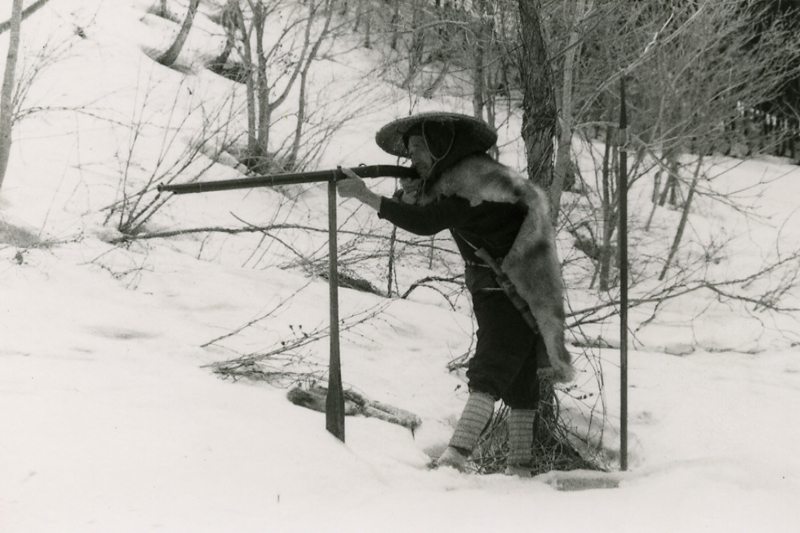
Tohoku's forests are ideal for hunting
Matagi, or making a living by hunting animals , is an activity that has been practiced since the dawn of humanity. Before the Yayoi period, when farming such as rice was introduced from the continent, and up until the Jomon period, staple foods were fruits such as acorns and chestnuts, and hunting was the man's job. It is said that the reason so many Jomon ruins have been discovered in the Tohoku region is because this region is home to deciduous evergreen forests that bear fruit in the fall, then fall off, improving visibility and creating ideal conditions for hunting.
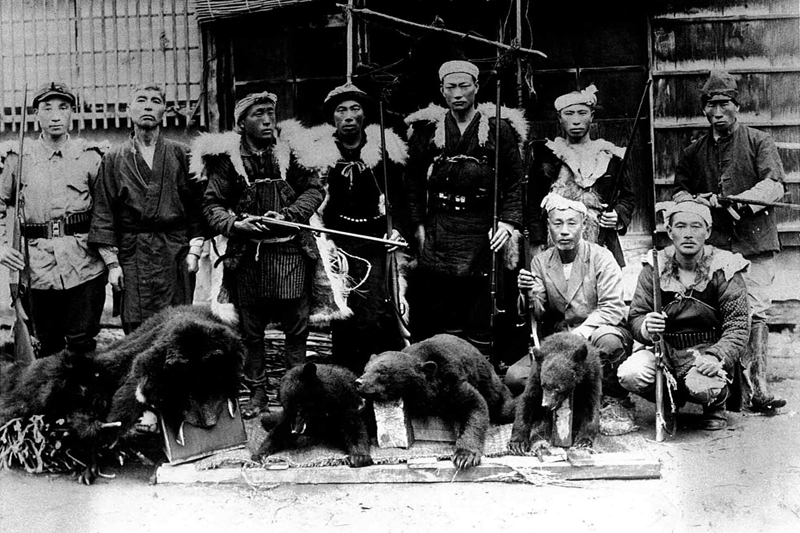
During the Yayoi period, farming became popular in the plains, and hunting became the domain of people living in the mountains. As a result, the number of people who lived by hunting decreased, but the Matagi tradition continued to be passed down
Neko village, said to be the birthplace of Matagi
Depending on the village where they lived, Ani Matagi Nekko Matagi, Utto Matagi, Hitachinai Matagi, Yagisawa Matagi, Haginari Matagi, etc. There are only 37 Ani Matagi (as of 2023). They have become a precious existence.
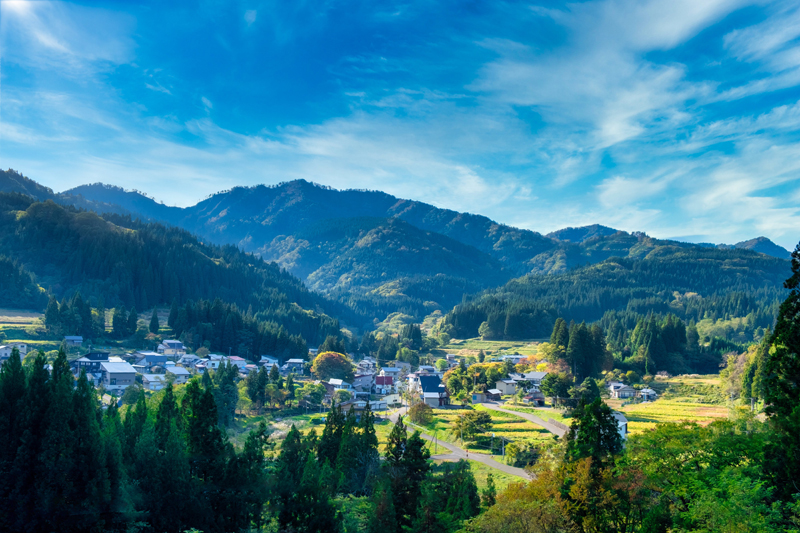
Ani Neko (formerly Ani Town) in Kitaakita City is said to be the earliest place in the Ani region where matagi hunters lived. Neko is a mountain village located along the Ani River in the southern part of Kitaakita City, and the matagi hunters of this area are called Neko Matagi
People first began to live in Neko after the Genpei War, and there are two theories as to whether it was refugees from the Minamoto clan who settled there, or whether it was descendants of the Taira clan who lived there, but it is not clear. There is land within the settlement that can be cultivated, but many Matagi lived in the mountainous areas. Matagi traveled the mountains, living a hunting lifestyle according to traditional rules, and sold "bear bile" (kumanoi), . It is said that they settled in the areas they visited and became the Matagi of that region.
Nekobanraku is a nationally designated intangible folk cultural asset
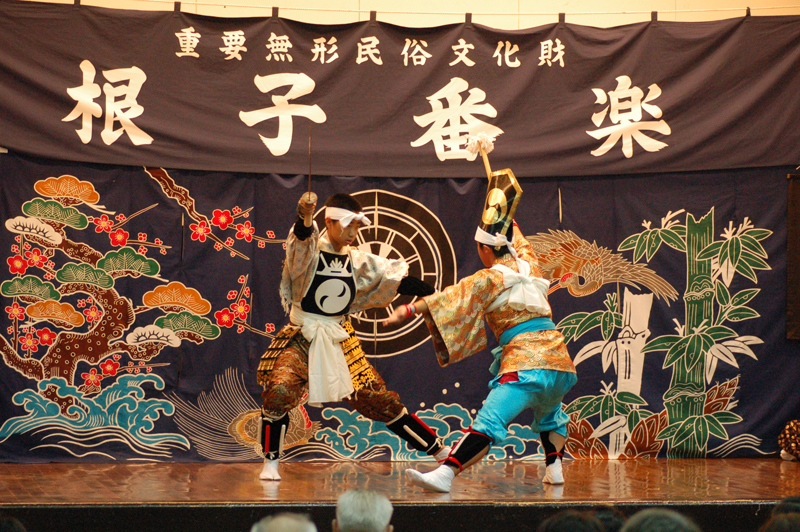
Nekobangaku, a form of Kagura dance passed down in Neko , is said to have been brought to the area by refugees from the Genpei War, and features a heroic warrior dance and a quiet, classical dance. Nekobangaku has been designated an Important Intangible Folk Cultural Property of Japan, and the Nekobangaku Tradition Hall (formerly the gymnasium of Neko Elementary School) .
Nekobanraku Tradition Museum <Information>
- Facility name: Nekobanraku Tradition Hall (former Neko Elementary School gymnasium)
- Address: 44 Aninekodate Shimodan, Kitaakita City, Akita Prefecture
- Phone number: 0186-82-2220 (Ani Community Center)
- URL: Neko Banraku
- access:
- Train: Approximately 30 minutes on foot from Okashinai Station on the Akita Nairiku Jukan Railway
- By car: Approximately 2 hours from Morioka IC on the Tohoku Expressway via Ani Kaido (National Route 105)
Google Map
Utado Matagi Village, where Matagi-related facilities are gathered

Utado Village (Ani Utado, Kitaakita City) is the setting for the novel "Kaiko no Mori" (Forest of Encounters) by Tatsuya Kumagai, which won both the Naoki Prize and the Yamamoto Shugoro Prize in 2004 and depicts the life of the legendary Matagi ( traditional Japanese matagi turbulent life from the Taisho to the early Showa eras. It was a Matagi village where more than half of the households at the time were said to have worked as Matagi. It is also home to Matagi-related facilities such as the Matagi Museum and the Matagi Village Bear Ranch Kumakumaen Utado Onsen Matagi no Yu , making it the central area for Ani Matagi. The two-tiered Yasu Falls, located , is so magnificent it was selected as one of the "Top 100 Waterfalls of Japan You can also enjoy specially licensed doburoku sake. The nearest station Ani Matagi Station on the Akita Nairiku Jukan Railway .
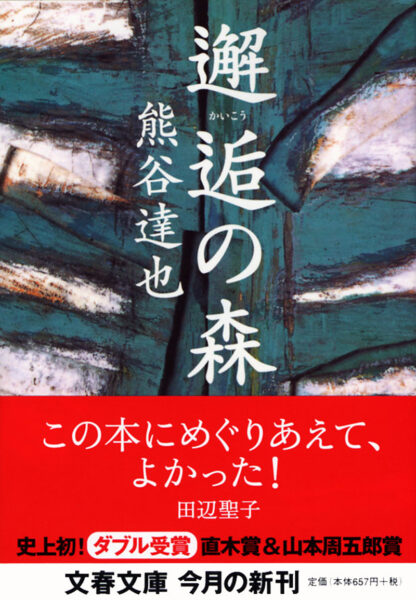
Matagi Museum
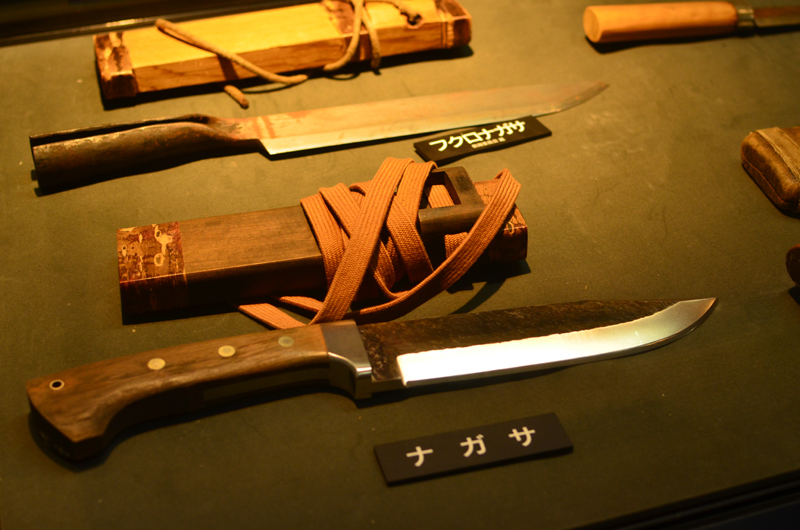
the Hidden Land Inn Utada Onsen Matagi no Yu , displays many Matagi costumes and hunting equipment, which are designated as Important Tangible Cultural Properties of Japan.
Doburoku
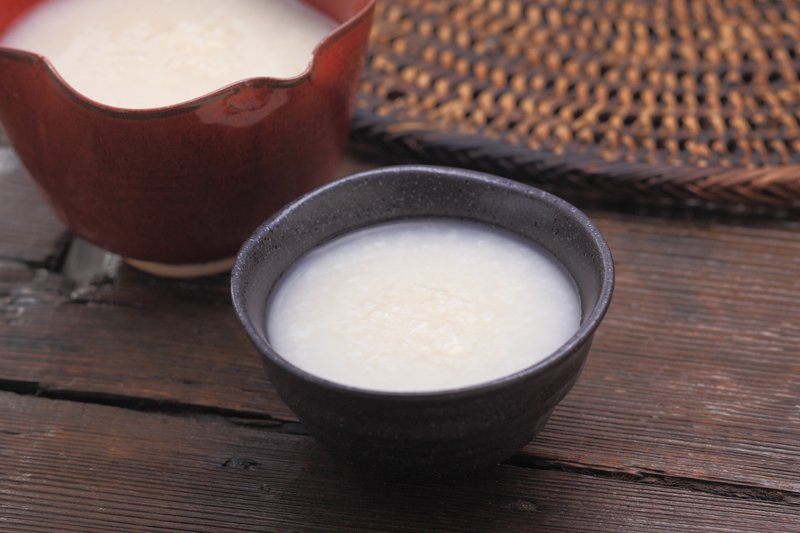
The Ani district of Kitaakita City (formerly Ani Town) has been designated an "Ani Matagi Special Zone" by the Cabinet Office the Hidden Land Inn Utto Onsen Matagi no Yu , you can taste the precious doburoku brewed from their own rice, which can only be tasted here.
Matagi no Yu / Matagi Museum <Information>
- Facility name: Hidden Inn Utada Onsen Matagi no Yu/Matagi Museum
- Address: 67, Senboku-todokami, Ani-Utato, Kitaakita City, Akita Prefecture
- Phone number: 0186-84-2612
- Hot spring: Sodium calcium chloride spring
- Source temperature: 56.6℃
- Daytime bathing available
- For details on accommodation fees, please see the official website of Matagi no Yu, a secluded inn in Utada Onsen
- URL: Utada Onsen Matagi no Yu
- Facility name: Matagi Museum
- Opening hours: 9:00-17:00
- Admission fee: Adults 200 yen, children 100 yen (free for guests staying overnight)
- URL: Matagi Museum
- access:
- Train: Pick-up service from Akita Nairiku Jukan Railway Ani Matagi Station
- By car: Approximately 2 hours from Morioka IC on the Tohoku Expressway via Ani Kaido (National Route 105)
Google Map
Matagi's Village Bear Farm "Kumakumaen"
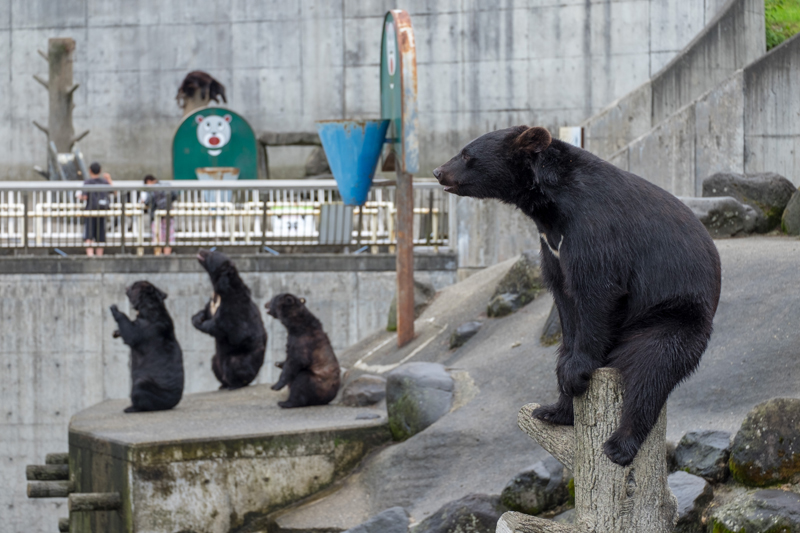
Bears were an important source of food and income for Matagi hunters. Kumakuma Park is a facility where you can observe Asiatic black bears that live in Honshu and brown bears that live in Hokkaido. You can feed the Asiatic black bears food that is on sale, and for a limited time, you can also experience interacting with baby bears.
Kumakumaen <Information>
- Facility name: Kumakumaen
- Location: 1-39 Chinba, Aniuchi, Kitaakita City, Akita Prefecture
- Phone number: 0186-84-2626
- Opening hours: 9:00-16:00 (last entry 15:30)
- Opening period: Late April to early November
- Closing days: Open every day during the park's opening period
- Admission fee: Adults 700 yen, Children (elementary and junior high school students) 200 yen, Preschoolers free
- *Children will receive a free Asiatic black bear snack
- URL: Kumakumaen
- access:
- Train: Pick-up service from Akita Nairiku Jukan Railway Ani Matagi Station
- By car: Approximately 2 hours from Morioka IC on the Tohoku Expressway via Ani Kaido (National Route 105)
Google Map
Roadside Station Ani Matagi no Sato: Convenient for those using private cars
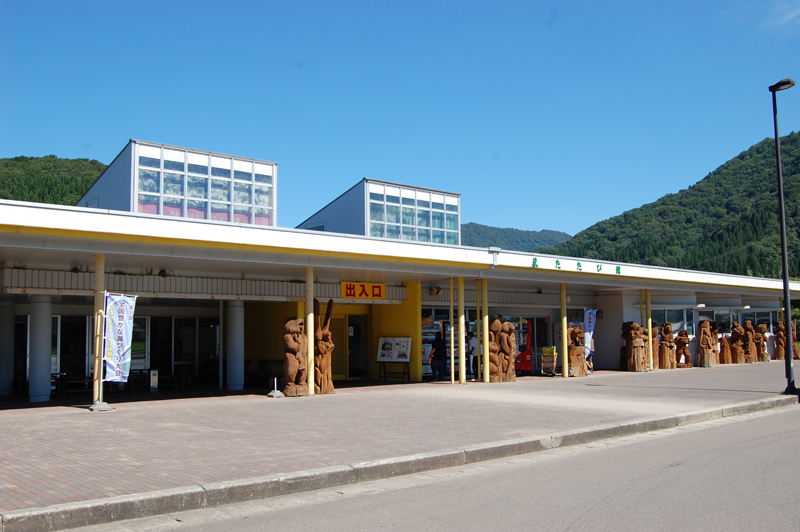
Ani Hitachiuchi is a village located between Neko and Utado, and is known as the home of the Hitachiuchi Matagi Roadside Station Ani Matagi no Sato, , you can enjoy dishes made with local produce from the Ani region.
Roadside Station Ani <Information>
- Facility name: Roadside Station Ani Matagi Village
- Address: 8-1, Ienoato, Anihidateuchi, Kitaakita City, Akita Prefecture
- Phone number: 0186-69-2575
- business hours:
- Restaurant "Aoshishi" / 11:00-14:00
- Matatabi-kan, a local product sales facility / 9:00-17:00
- *Toilets are open 24 hours
- Closed days:
- April to November / Open every day
- December to March: Tuesdays, New Year's holidays (December 31st, January 1st)
- URL: Roadside Station Ani Matagi Village
- access:
- Train: Approximately 7 minutes from Hiratsuchi Station on the Akita Nairiku Jukan Railway
- By car: Approximately 2 hours from Morioka IC on the Tohoku Expressway via Ani Kaido (National Route 105)
Google Map
The extinct Yagisawa Matagi and Hagigata Matagi
Both Yagisawa and Hagigata Kamikoani Village, adjacent to Kitaakita City, where Nego Village is located . Matagi hunters migrated from Nego Village to these two villages, and many Matagi hunters once lived here. However, in 1966 (Showa 41), the Hagigata Dam was constructed, and the village was submerged at the bottom of the lake, forcing the residents to move elsewhere.
In 2009, the last Matagi in Yagisawa gave up his hunting license, and there are no more Yagisawa Matagi. Perhaps this is just the way things are these days and it can't be helped




![Is the Japanese stone circle "Oyu Ring Stone" a sacred place in the Jomon period? [Akita Prefecture] 03Oyu Stone Circle](https://jp.neft.asia/wp-content/uploads/2024/02/bb0e520018fd2a51e736190b0b46ab5e-150x150.jpg)

!["Isedodai Ruins" is a mysterious ruin registered as a World Heritage Site! [Akita Prefecture] Model of Isedotai ruins (Isedotai Jomonkan)](https://jp.neft.asia/wp-content/uploads/2024/04/deb17445343a914a827ad485a5591592-150x150.jpg)
![Let's go see the natural Akita cedars [1] The striking natural Akita cedars Kimimachi Cedar_Travel Tohoku](https://jp.neft.asia/wp-content/uploads/2025/08/8e9866308062a0263d3dc4be0085b6be-150x150.jpg)
![The Ani Mine, which was said to be the number one in Japan during the Edo period and supported the Kubota Domain [Kita Akita City, Akita Prefecture] Ani Mine](https://jp.neft.asia/wp-content/uploads/2024/04/anikouzan-150x150.jpg)
!["Honkai Lion Dance Banraku" is a folk entertainment that has been handed down for 400 years [Yurihonjo City, Akita Prefecture] 5 Great Sea Lion Dance](https://jp.neft.asia/wp-content/uploads/2025/03/0215ff7aa0e94eddc6dff8713d12e83b-150x150.jpg)
![It's not just Akita dogs! "Akita Three Chickens" is a natural monument in Odate City [Akita Prefecture] 2021730f7ae30aabb98a41d487a660ed-1](https://jp.neft.asia/wp-content/uploads/2024/02/2021730f7ae30aabb98a41d487a660ed-1-150x150.jpg)
![Hot springs gush out in a place where there are no volcanoes! "Yuzawa Geopark" where you can see the mystery of the earth up close [Akita Prefecture] 4550228_m](https://jp.neft.asia/wp-content/uploads/2023/02/4550228_m-150x150.jpg)
